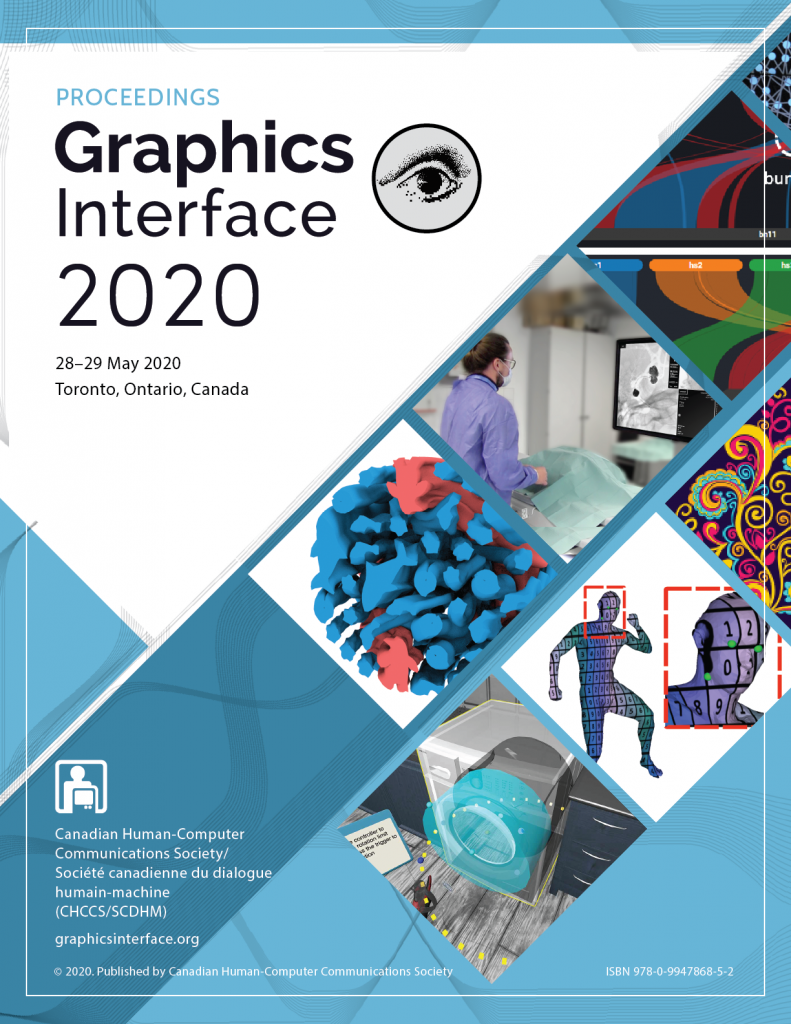Video
BibTex
@inproceedings{Hassoumi:2020:10.20380/GI2020.25,
author = {Hassoumi, Almoctar and Lobo, Mar{\'i}a Jesús and Jarry, Gabriel and Peysakhovich, Vsevolod and Hurter, Christophe},
title = {Interactive Shape Based Brushing Technique for Trail Sets},
booktitle = {Proceedings of Graphics Interface 2020},
series = {GI 2020},
year = {2020},
isbn = {978-0-9947868-5-2},
location = {University of Toronto},
pages = {246 -- 255},
numpages = {10},
doi = {10.20380/GI2020.25},
publisher = {Canadian Human-Computer Communications Society / Société canadienne du dialogue humain-machine},
}
Abstract
Brushing techniques have a long history with the first interactive selection tools appearing in the 1990s. Since then, many additional techniques have been developed to address selection accuracy, scalability and flexibility issues. Selection is especially difficult in large datasets where many visual items tangle and create overlapping. Existing techniques rely on trial and error combined with many view modifications such as panning, zooming, and selection refinements. For moving object analysis, recorded positions are connected into line segments forming trajectories and thus creating more occlusions and overplotting. As a solution for selection in cluttered views, this paper investigates a novel brushing technique which not only relies on the actual brushing location but also on the shape of the brushed area. The process can be described as follows. Firstly, the user brushes the region where trajectories of interest are visible (standard brushing technique). Secondly, the shape of the brushed area is used to select similar items. Thirdly, the user can adjust the degree of similarity to filter out the requested trajectories. This brushing technique encompasses two types of comparison metrics, the piecewise Pearson correlation and the similarity measurement based on information geometry. To show the efficiency of this novel brushing method, we apply it to concrete scenarios with datasets from air traffic control, eye tracking, and GPS trajectories.





















































